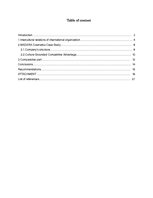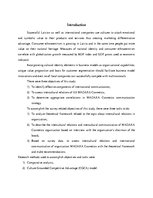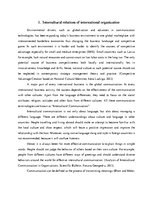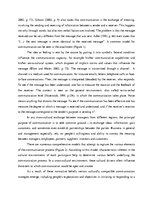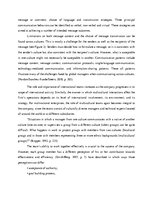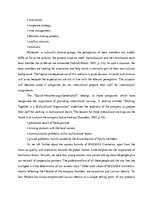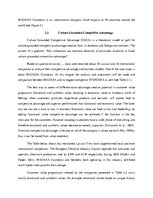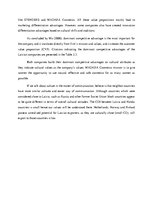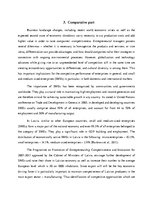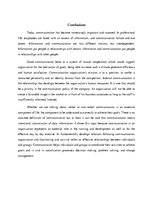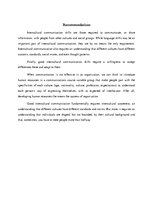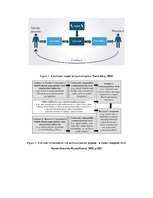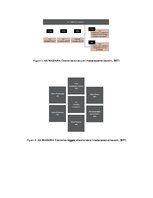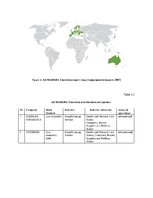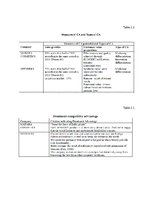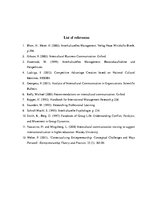-
Intercultural Relations as the Organization's "Madara Cosmetics" International Communication Component
| Nr. | Название главы | Стр. |
| Introduction | 3 | |
| 1. | Intercultural relations of international organization | 4 |
| 2. | MADARA Cosmetics Case Study | 8 |
| 2.1. | Company’s structure | 8 |
| 2.2. | Culture Grounded Competitive Advantage | 9 |
| 3. | Comparative part | 11 |
| Conclusions | 13 | |
| Recommendations | 14 | |
| ATTACHMENT | 15 | |
| List of references | 20 |
Recommendations
Intercultural communication skills are those required to communicate, or share information, with people from other cultures and social groups. While language skills may be an important part of intercultural communication, they are by no means the only requirement. Intercultural communication also requires an understanding that different cultures have different customs, standards, social mores, and even thought patterns.
Finally, good intercultural communication skills require a willingness to accept differences these and adapt to them.
When communication is not effective in an organization, we can think to introduce human resources in a communications course suitable group that make people part with the specificities of each culture (age, nationality, culture, profession, expectations) to understand each person's way of expressing themselves, with as expected of interlocutor. After all, developing human resources the means the success of organization.
Good intercultural communication fundamentally requires intercultural awareness, an understanding that different cultures have different standards and norms. But more, it requires an understanding that individuals are shaped, but not bounded, by their cultural background and that, sometimes, you have to meet people more than halfway.
…
Successful Latvian as well as international companies use cultures to attach emotional and symbolic value to their products and services thus creating marketing differentiation advantage. Consumer ethnocentrism is growing in Latvia and in the same time people put more value on their national heritage. Measures of national identity and consumer ethnocentrism correlate with globalization growth measured by KOF index and GDP grows used as economic indicator. Incorporating cultural identity elements in business models as organizational capabilities, unique value proposition and basis for customer segmentation should facilitate business model innovations and even small local companies can successfully compete with multinationals. There were three objectives of this study: 1) To identify effective components of international communication; 2) To assess intercultural relations...


